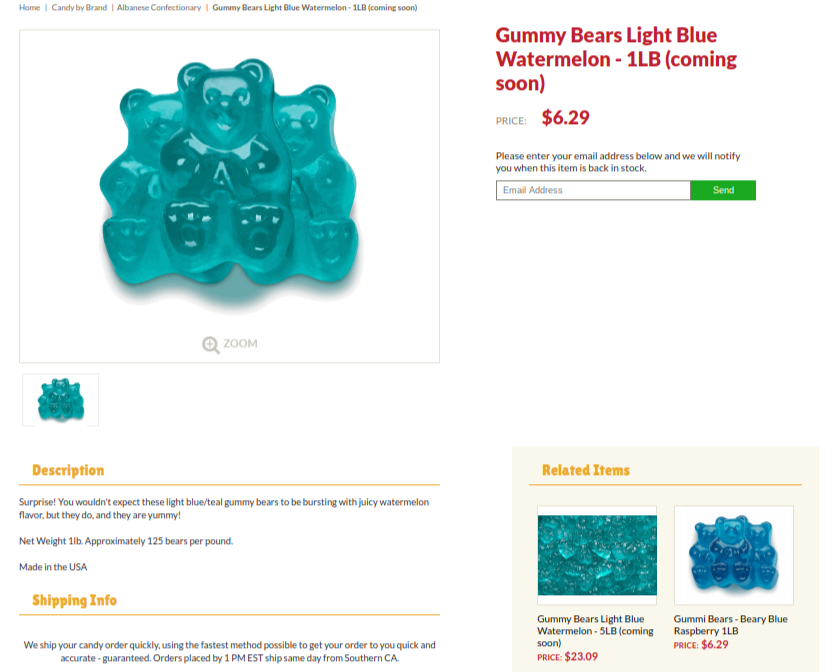You’re on Shopify. You’ve launched your e-commerce store. Now, all you need are those sweet, sweet sales. We know how hard it is for startups and SMBs to compete for customers out there, so we’ve put together a list of actions you can take today to boost your sales numbers that have helped our clients in the past.
Leverage your customers for more customers.
Happy customers beget more happy customers. That’s why we’ve previously written about how word-of-mouth is the absolute best referral marketing you can engage in. Great customer service leads to great reviews, and ultimately more sales.
But we’d like to throw in another way to help push that word-of-mouth: utilizing the post-purchase channel.

After a customer successfully makes their purchase and arrives on the Thank You page, smart businesses will make sure to ask for a little something more at this stage. Some might point to a blog post, or to sign up for their newsletter, or ask for social media likes. All that is well and good, but to actually get more sales on Shopify, try the direct approach.
Using a widget such as the one shown above, you can easily convert your happy customer into an affiliate. After a good shopping experience, the chances are higher that they will sign up for your referral program.
You can make this offer even more enticing by offering a first-timer conversion rate that’s much higher than the usual 15% you may offer. (Here’s a quick primer on what the highest affiliate commission rate could be) Perhaps a 50% rate would be an intriguing enough offer for your new affiliate to tell a friend right away. It’s a great element to A/B test on your thank you pages when implementing this widget.
For more information on setting this up on Shopify, check out our support guide on this topic.
Reach out to influencers.

Working with influencers is one of the newest ways to increase sales in the current e-commerce landscape. In fact, we’ve made the case that bringing influencers onboard may be even more important than cultivating your own social media. It’s a controversial statement! But you tell us: can you get as many eyeballs on your products via your own social channels, or by working with one influencer with 10,000 fans who already trust his/her opinion?
The beauty of Shopify and e-commerce is that online companies create niches that foster micro-influencers to spring up. Seeking the ones in your niche can be a huge boost to your sales, for relatively little risk and overhead; especially if the micro-influencers work on commissions.
To that end, we’ve created a couple guides to finding, approaching, and working with influencers:
How to Get Affiliates Using Instagram
How to Get Affiliates Using Facebook
Influencer marketing can be a quick shot in the arm for your sales, and something you can start doing today. Quick! Before your competitors snatch up all the good ones!
Work on your product page SEO
Many merchants on Shopify offer so many products that their product landing pages suffer. Unfortunately, that leads to bad Search Engine Optimization (SEO) on these pages, and they won’t rank very high on Google’s search results. And if you’re not ranking high on Google, you can basically kiss any sort of organic (read: free) traffic goodbye.
Guru Neil Patel has an excellent post on how you’ll want to get started and implement a solid SEO strategy, but let’s show you a couple examples of what’s bad product page SEO and what’s good.
First, the bad:

This product page isn’t great for SEO for the following reasons:
- The description is much too short for the Googlebots to care about (aim to have at least 500 words, though 800–1,000 words are not uncommon these days).
- There’s only one image.
- There are no customer reviews.
- There are no customer ratings.
- There are no social media elements.
Now take a look at this product page:

This addresses a lot of the previous issues and is in much better shape to be ranked well on Google. Reviews and ratings? Check. Social media share buttons? Check. It’s even got additional information to make this page even more useful for customers (and the Googlebots!).
Is this a perfect product page? Not quite. It could use more product images (with descriptive alt tags) and especially a longer description (try adding 50 words to it every 6 months, at least). But it’s still light-years ahead of the previous one, and they probably receive a lot more organic traffic due to putting in the SEO work.
Offer free shipping as much as possible.
Blame it on Amazon but customers today expect free shipping. Studies have shown that high shipping costs is one of the top reasons that people will abandon a potential e-commerce purchase. Yesterday, free shipping was a nice-to-have. Today, this is more like table-stakes.

The numbers don’t lie: the more you offer free shipping, the more sales you will have. It’s shopping psychology that’s now ingrained in us, so rather than fight it, leverage it.
When possible, try to bundle in the cost of shipping into the price of the product. Of course, there will be some destinations (ie. Hawaii, international) where you will need to charge some shipping; in these cases, see if you can eat some of the costs or offer free shipping on orders at a certain threshold of total spend. And you can run free or discount shipping promotions every so often if you can’t offer it year-round.
Shopify makes e-commerce easy, but that doesn’t mean you can rest on your laurels when it comes to earning sales. And be sure to add the Refersion app. It’s the most used, most reviewed, and most trusted affiliate marketing app in the Shopify app store.



